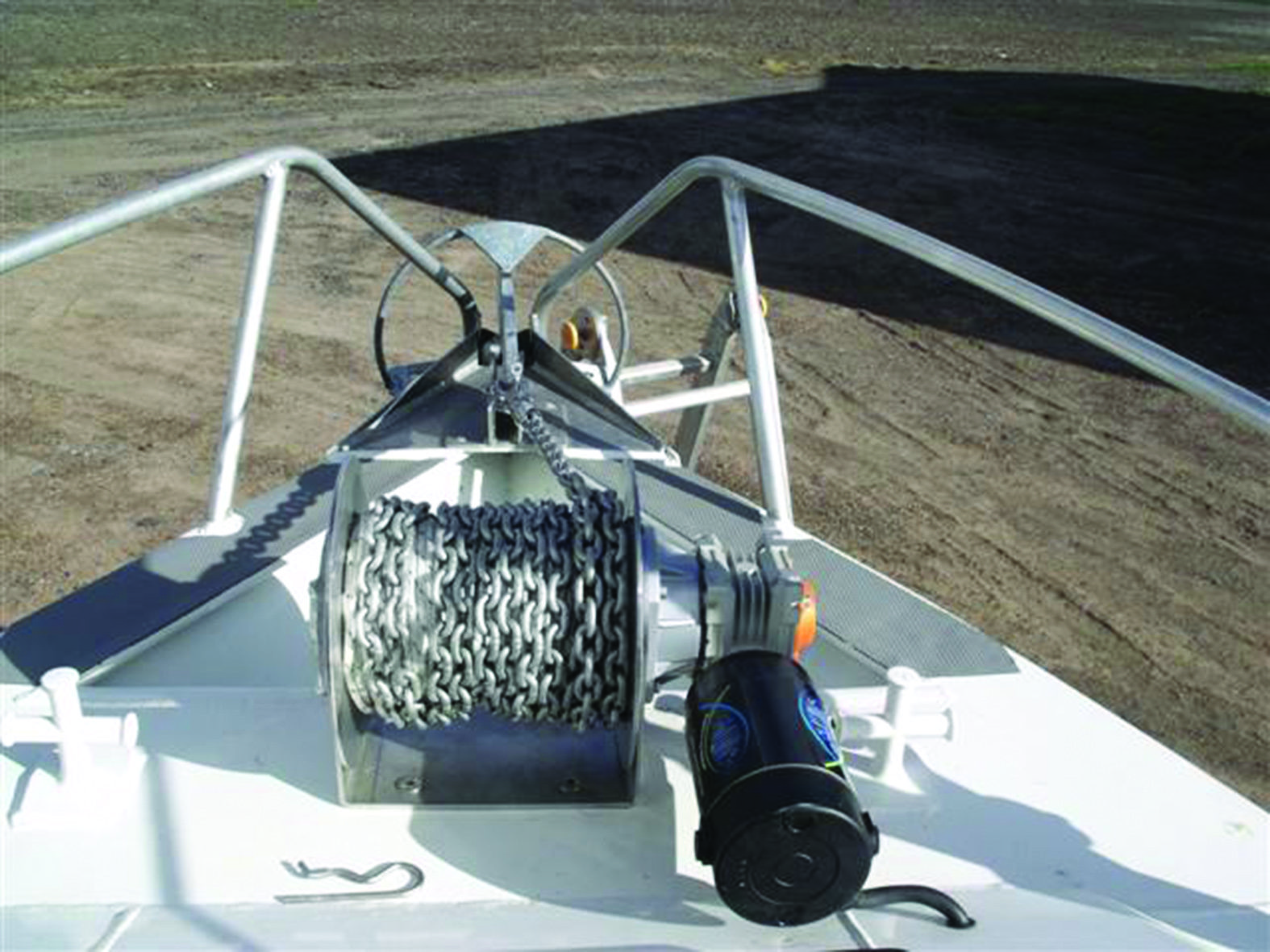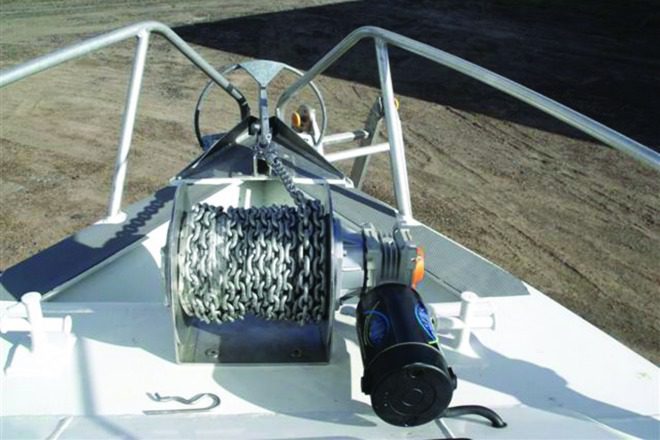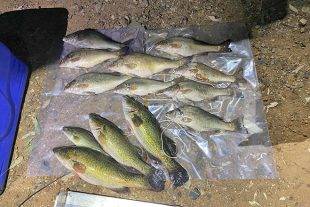ANYONE who has fought to reel in a big fish, pull in an anchor, haul a lobster pot or pull a vehicle out of the mud can attest to the physical challenges of using ropes and cables without the help of a pulley system.
A winch is a mechanical device used to adjust the tension of a rope or cable line by making adjustments with the aid of cranks and pulleys.

Smooth sailing
At sea, boat anchor winches can be used to alleviate the work of hauling an anchor on board. This reduces the manual handling of many metres of rope and a heavy anchor.
Drum anchor winches are an efficient and effective style of pulley because they feature a specialised spooling mechanism to prevent tangles that can occur in more traditional boat anchor winches.
Older styles of retrievers stored the chain by letting it drop into a storage well, and since this can cause tangling, the drum winch spooling system has become increasingly popular. However, drum anchor winches have different applications and uses aside from a nicely guided coiling process. These specialised pulleys also offer safety features for boaters.
Dropping and retrieving anchoring devices can be co-ordinated through a button located on the dashboard, allowing boaters to stay at the steering wheel. In addition to improving safety, using mechanical boat anchor winches prevents injuries that can be caused by the physical strain of lifting and lowering a heavy apparatus from the water.
How do boat anchor winches work?
Drum anchor winches can be made to work by simply pressing a button on your dashboard. A toggle-style switch lowers and raises the anchor, and upon releasing your finger the winch will lock into position. Tangling is avoided due to the drum winch’s inherent design and many of these systems also feature a circuit breaker overload switch that engages in the event of power overload, preventing damage to the winch motor and gearbox.
Since these gears are the driving force behind the winch, it is important that they are protected from damage.
Two common applications for drum anchor winches are well mounts and deck mounts. Well-mounted applications are generally placed on the back wall of the anchor well, protecting them from the harsh elements.
Some winch types can be installed on deck but if you are planning to use this application, ensure you protect it as well as you can. The best types of deck-mounted setups will offer a fully sealed gearbox and motor as well as a warranty.
How to use your winch
Beyond eliminating some of the sweat and pain from raising and dropping your anchoring devices, drum anchor winches have many other uses.
Pulley systems are very practical for commercial fishing, long-line fishing and lobster pot hauling. Onshore, similar mechanics are used for trucks and all-terrain vehicles to tow equipment and extract cars from mud and sand.
Power and ease of use allow the different applications and uses of boat anchor winches to demonstrate their versatility at sea. Beyond assisting with the efforts of controlling anchoring, these systems are commonly used in commercial and recreational fishing for large catches.
Using a pulley system to cast and retrieve these lines is an ideal way to prevent tangling and save physical labour. Ships and other vessels also use winch systems for moving sails and masts.
Power range means more options for boaters
Due to the different applications for drum anchor winches, some vessels will require mechanics driven by higher power. Boat anchor winches are sorted according to their power. A smaller vessel does not need industrial-strength equipment. Boats up to 5m will be well suited to a small device and power of 550W. These products are newer to the market, so boat owners previously inhibited by size restrictions now have a durable and cost-effective option.
When it comes to commercial ships, a lot more energy is required to haul in anchors. Manufacturers have tailored oversized gearboxes to help absorb higher shock loads, providing options for boats up to 20m long.
These higher-power options boast opportunities for customisation in use-specific rope and chain types. Some models also offer specialisation options for faster drop rates.
Specialise your drop speed
Choices for pulley specifications extend beyond power range; mechanisms for controlling the line speed can also vary.
Many boat anchor winches rely on a clutch arrangement that uses a fixed speed when dropping and raising anchors, allowing for free fall. Other drum anchor winches offer variable release speeds equal to free-fall systems but have fixed reeling rates to prevent overrun tangling when a line moves faster than the spool.
Variable-speed methods also offer more safety than free-fall systems in the event of accidental disengagement.
Choosing the right device to fit your need
As you can gather, buying a winch allows selection from many varieties. Selecting the appropriate size and mechanical system is important for safety and efficiency.
Older styles can be notorious for complications such as tangling, locking and catching. Many of these dated models are also required to be used at the front of boats.
When it comes to marine uses, drum styles offer the most versatility for placement in addition to tangle-free reeling. For ease and reliability, research available products to find out which particular device is the best to fit your needs.
When considering improvements to your experiences at sea, take the time to review the different applications and uses for winch systems. Even a smaller vessel can benefit from the use of drum anchor winches now that manufacturers have catered their product range to suit a variety of boat sizes.
Not all boat anchor winches are created equally, so be sure to research the safety and mechanical features of each style before making your decision. For more information on drum anchor winches, visit www.savwinch.com.au
 Bush 'n Beach Fishing Magazine Location reports & tips for fishing, boating, camping, kayaking, 4WDing in Queensland and Northern NSW
Bush 'n Beach Fishing Magazine Location reports & tips for fishing, boating, camping, kayaking, 4WDing in Queensland and Northern NSW










I need a winch with a variable release speed option. It would help me a lot with letting the anchor down into the water I think. I hate waiting for my winch now to lower. It is so slow by the time it drops I have drifted like 20 feet or more. It would be nice to get before next week. I am going on a big fishing trip next week.